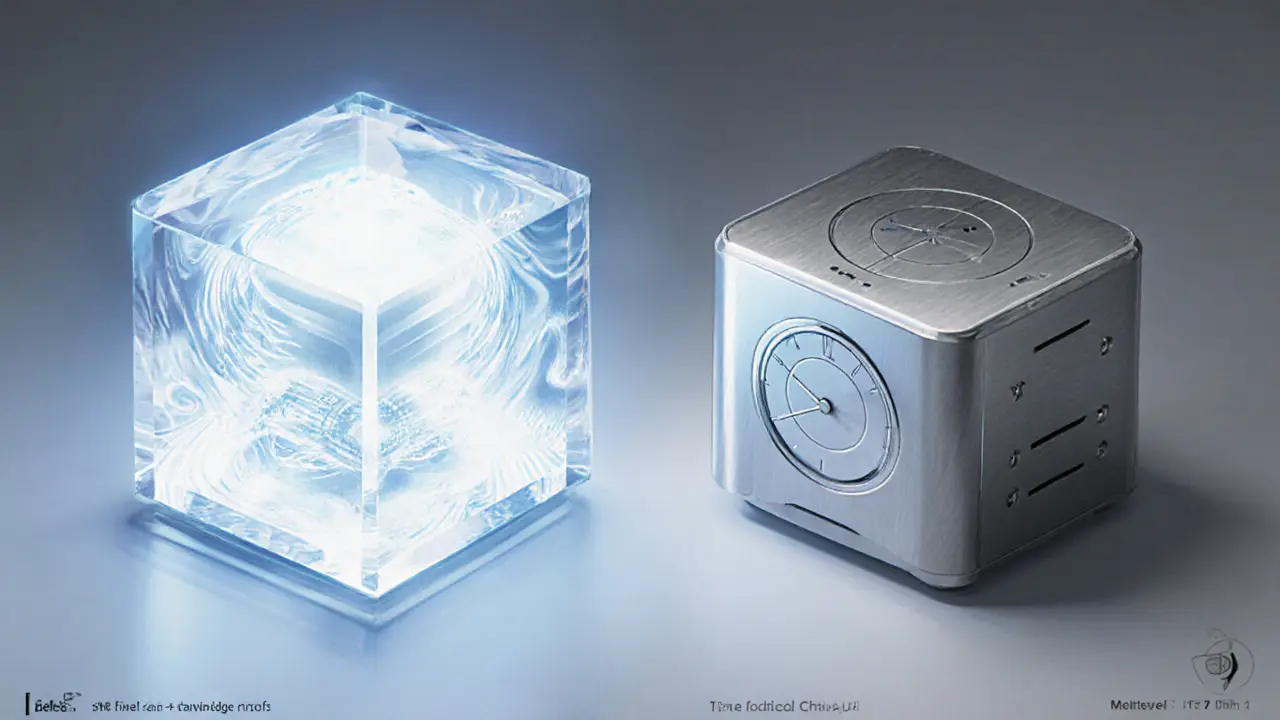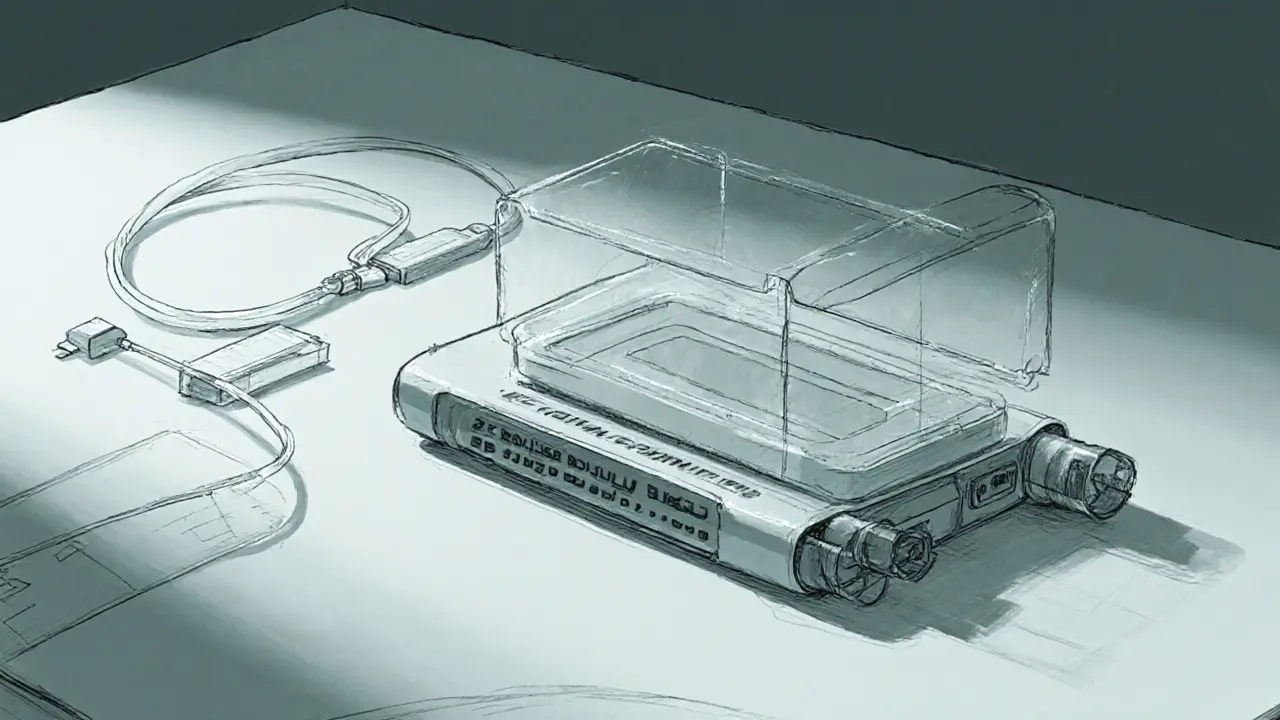Rollup Comparison Tool
ZK-Rollups
Generate zero-knowledge proofs that mathematically guarantee transaction validity. Offers instant finality and strong privacy features.
- Proof Mechanism: Zero-knowledge proof (SNARK/STARK)
- Finality Speed: Near-instant once proof is generated
- Data Availability: All data posted on-chain
- Best For: High-frequency trading, privacy-sensitive DApps
Optimistic Rollups
Assume transactions are correct by default. Fraud proofs can challenge invalid transactions after a delay.
- Proof Mechanism: Fraud-proof challenge after challenge window
- Finality Speed: Delayed by challenge period (usually 1-7 days)
- Data Availability: Data also on-chain but relies on operator honesty
- Best For: General purpose DeFi, NFT marketplaces
| Feature | ZK-Rollups | Optimistic Rollups |
|---|---|---|
| Proof Type | Zero-knowledge proof (SNARK/STARK) | Fraud proof after challenge window |
| Finality Time | Near-instant once proof generated | Delayed by challenge period (1-7 days) |
| Data Availability | All data posted on-chain | Data posted on-chain but relies on operator honesty |
| Use Cases | High-frequency trading, privacy-sensitive apps | General-purpose DeFi, NFT marketplaces |
| Security Model | Inheriting base chain security with instant verification | Inheriting base chain security with delay-based dispute resolution |
Which rollup type suits your project best?
Quick Takeaways
- Rollup technology batches thousands of transactions into a single on‑chain proof, slashing fees by up to 99%.
- Two dominant families-ZK‑rollups and Optimistic rollups-trade off proof generation time against finality speed.
- Ethereum and Bitcoin already host live rollup pilots; dozens of new chains are planning native rollup layers.
- Future upgrades focus on faster zero‑knowledge proof systems, cheaper fraud‑proof verification, and cross‑rollup communication.
- Developers can start building today with open‑source SDKs, testnets, and ready‑made bridges.
What Is Rollup Technology?
Rollup Technology is a layer‑2 scaling method that aggregates many individual transactions off‑chain, then submits a single cryptographic proof to the base blockchain. By moving the heavy lifting off the main chain, rollups keep security guarantees while freeing up block space for other users.
How Rollups Work: Off‑Chain Aggregation & On‑Chain Verification
Imagine a busy highway where each car represents a transaction. A rollup acts like a truck that picks up dozens of cars, drives them to the toll booth, and pays a single toll for the whole load. The process splits into two steps:
- Off‑chain aggregation: Operators run a high‑speed execution environment, collect incoming transactions, compute the new state, and generate a concise proof.
- On‑chain verification: The base Blockchain receives the proof and validates it, confirming that the batch of transactions is legitimate without re‑executing each one.
This design reduces the amount of data the main chain must store, which in turn lowers gas fees and boosts throughput.
Two Main Types of Rollups
Both families share the same high‑level workflow but differ in how they prove correctness.
- ZK‑rollups generate a zero‑knowledge proof that mathematically guarantees all bundled transactions are valid. Verification is instant, and privacy can be built in.
- Optimistic rollups assume transactions are correct by default. If anyone suspects fraud, they can submit a challenge, triggering a full recomputation (the “fraud proof” step).
| Aspect | ZK‑Rollups | Optimistic Rollups |
|---|---|---|
| Proof Mechanism | Zero‑knowledge proof (SNARK/STARK) | Fraud‑proof challenge after a challenge window |
| Finality Speed | Near‑instant once proof is generated | Delayed by challenge period (usually 1‑7 days) |
| Data Availability | All data posted on‑chain; proof ensures completeness | Data also on‑chain but relies on honest operators during challenge window |
| Typical Use Cases | High‑frequency trading, privacy‑sensitive DApps | General purpose DeFi, NFT marketplaces |
| Current Maturity (2025) | Proof generation costs dropping 40% YoY | Widely deployed on Ethereum (Arbitrum, Optimism) |

Benefits Driving Adoption
Three core advantages make rollups attractive to developers and users alike:
- Cost efficiency: By sharing gas across a batch, a user might pay 0.001ETH for a transaction that would cost ten times more on the base chain.
- Speed: Parallel execution on dedicated rollup chains can handle thousands of transactions per second, far surpassing the 15‑30tps limit of many L1 networks.
- Security inheritance: The underlying Layer‑1 network (e.g., Ethereum) still validates the proof, so rollup users benefit from the same economic security guarantees.
Real‑World Deployments Today
The ecosystem is already bustling with production rollups.
- Ethereum hosts multiple ZK‑rollups such as zkSync and StarkNet, as well as Optimistic rollups like Arbitrum and Optimism. Together they process over 2million daily transactions.
- Bitcoin has been experimenting with rollup‑style protocols, most notably the Lightning Network, which aggregates micro‑payments into single settlement transactions.
- New chains-Polygon, zkFair, and Celestia-are building native rollup layers from day one, promising even lower latency.
These deployments illustrate that rollups are not a theoretical fix; they are the backbone of today’s high‑throughput DApps.
Emerging Trends Shaping the Future
Looking ahead, several technical and market forces will dictate how rollups evolve.
- Cheaper zero‑knowledge proofs: Advances in recursive SNARKs and STARKs are cutting proof‑generation time from minutes to seconds, enabling real‑time gaming and DeFi.
- Hybrid rollups: Projects are blending ZK and Optimistic guarantees to get instant finality while retaining a fallback fraud‑proof.
- Cross‑rollup bridges: Standards like Inter‑Rollup Messaging (IRM) let assets move between different rollup ecosystems without hitting L1, fostering a truly composable web.
- Regulatory clarity: As governments scrutinize DeFi, rollups’ ability to provide on‑chain audit trails while preserving privacy may become a compliance advantage.
- Data availability layers: Separate DA services (e.g., Celestia) allow rollups to offload raw transaction data, freeing up L1 space even further.
Challenges to Overcome
No technology is without hurdles. Developers and users should keep an eye on these pain points.
- Proof cost volatility: While ZK‑rollups are getting cheaper, sudden spikes in proof‑generation demand can still make fees unpredictable.
- Challenge window delays: Optimistic rollups sacrifice immediacy for simplicity; a 7‑day challenge period can hinder time‑sensitive applications.
- Operator centralization risk: Many rollups rely on a small set of sequencers. Decentralizing these roles is an active research area.
- Interoperability standards: Without universally accepted messaging protocols, moving assets across rollups often requires a round‑trip to L1, adding cost.
Practical Guide: Building on Rollups Today
If you’re a developer ready to harness rollup benefits, follow these steps:
- Pick a rollup that matches your security‑vs‑speed needs. For privacy‑first finance, start with zkSync. For broad DeFi support, try Optimism.
- Set up the official SDK (e.g.,
@zkSync/sdkor@eth-optimism/sdk) and connect to the testnet. - Write your smart contracts in Solidity as usual, then deploy using the rollup’s deployment tool, which automatically handles batch submission.
- Test gas estimates with the rollup’s emulator; you’ll usually see a 70‑90% fee reduction.
- Integrate cross‑rollup messaging if you need to interact with other layer‑2 solutions. Libraries like
@wormhole/rollupsimplify this step.
Following this checklist gets a minimal viable DApp live on a rollup within a week, assuming you have basic Solidity experience.

Frequently Asked Questions
What makes rollups different from sidechains?
Rollups post a validity proof to the main chain, so security is inherited directly from the base blockchain. Sidechains run their own consensus and must be trusted separately.
Do I need to lock assets on L1 to use a rollup?
Yes, most rollups require a bridge that locks tokens on the base chain and issues a representative token on the rollup. Once the rollup batch is finalized, you can withdraw back to L1.
How long does a ZK‑rollup proof take to verify?
Verification is typically a single on‑chain transaction, taking under a second. The heavy work is the off‑chain proof generation, which now averages 2-5 seconds for batches of 1,000 transactions.
Can rollups support complex smart contracts?
Absolutely. Both ZK‑ and Optimistic rollups execute full EVM bytecode, so any contract that runs on Ethereum can be deployed on a rollup without modification.
What’s the biggest risk for users today?
Operator misbehaviour or a delayed fraud‑proof challenge can temporarily lock funds. Using well‑audited sequencers and keeping assets on multiple rollups mitigates this risk.

